Something like Venice, I said to myself as I sailed through the narrow waterways, admiring the old buildings honoured with UNESCO World Heritage status, trying to smile through the bone chilling cold and frozen lips and wishing for a cup of hot chocolate. Around me, people huddled together to retain the warmth while the temperature steadily dipped into single digits before going negative.
Bruges, the capital city of the West Flanders province in Belgium is quite charming and enchanting in a fairytale sort of way. To arrive here, I boarded a train from Brussels for a journey that lasted a little over an hour before alighting at a delightful train station. Not once did I fear getting lost – because, in Bruges, all roads lead to the city centre.
Well, this particular road was cobblestoned and with the clickety-clack of the horses doing their touristy rounds it was hard to miss.

A city from the past
Entering the city gates, I first came to the Lake of Love with a few bold swans swimming about. There is a legend attached to the swans of Bruges that is quite fascinating. In the year 1488, the people of Bruges had executed one of the town administrators belonging to the court of Maximilian of Austria. The town administrator’s family coat of arms featured a white swan. Legend has it that Maximilian punished Bruges by obliging the population to keep swans on their lakes and canals till eternity.
Following the crowd of tourists to the city centre through the aforesaid cobbled streets felt like going back a century. The horses nonchalantly trotted past me, throwing their head derisively into the air and snorting deeply.
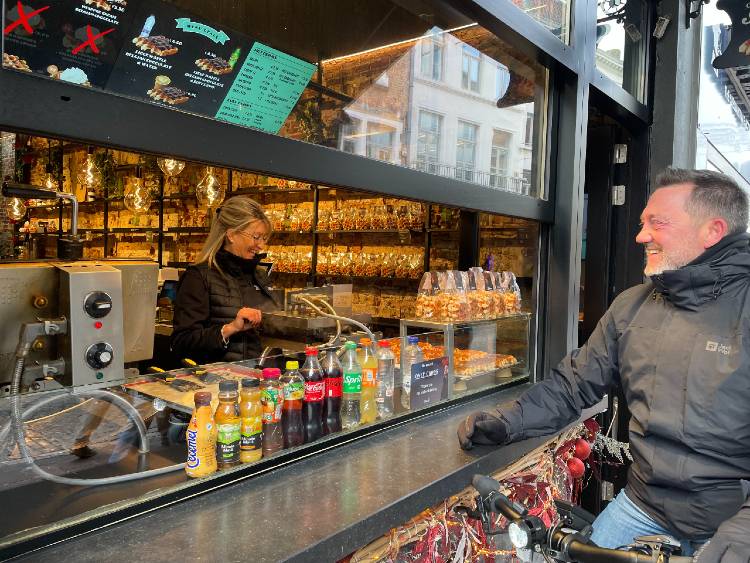

I headed straight for the Grote market, which was decked up in Christmas finery. That did make seeing it clearly a little hard, but the spirit of the season more than made up for the views of the buildings full of character and colour blocked by pop-up markets selling chocolates and cheese. The market square bustled with intense activity, horse-drawn carriages clattered over the cobblestones, and it was hard to decide where to look first. And it was cold.

In short, nineteenth century gabled buildings edge three sides of the square, the fourth side flanked by the impressive Belfort (Belfry) the city’s landmark. The 83m tall tower can also be climbed (366 steps I was told) for a bird’s eye view of the city, but there was a long waiting line, with only seventy people allowed at one time, so I decide to sit that one out and continue exploration of the markets and colourful houses. The tower leans about a meter to the east.
In addition to the 13th century Belfry there is also the impressive Provincial Court in Gothic style to explore. From the collection of cafés and restaurants, housed in small colorful houses, you can soak up the atmosphere.
While I explored the area with my hands in my pocket, the bell tower continued its chiming every fifteen minutes as if give a private concert. The city still employs a full-time carillonneur, who gives free concerts playing the 47 bells on a regular basis.
Around here is the quirky but delightful Frites Museum (remember how Belgium is the creator of fries), dedicated to the history and culture of Belgian’s fried potatoes, a Chocolate Museum, a Lamp Museum, a Beer Museum and even a Torture Museum with its own gruesome allure. While I am not exactly a fan of museums, I found the Beer Museum and the Frites Museum particularly enlightening.
A word of warning though – unfortunately charm does not come cheap in Bruges. The horse carriages were expensive. The restaurants were expensive and to put it mildly, the food was mediocre, at best.
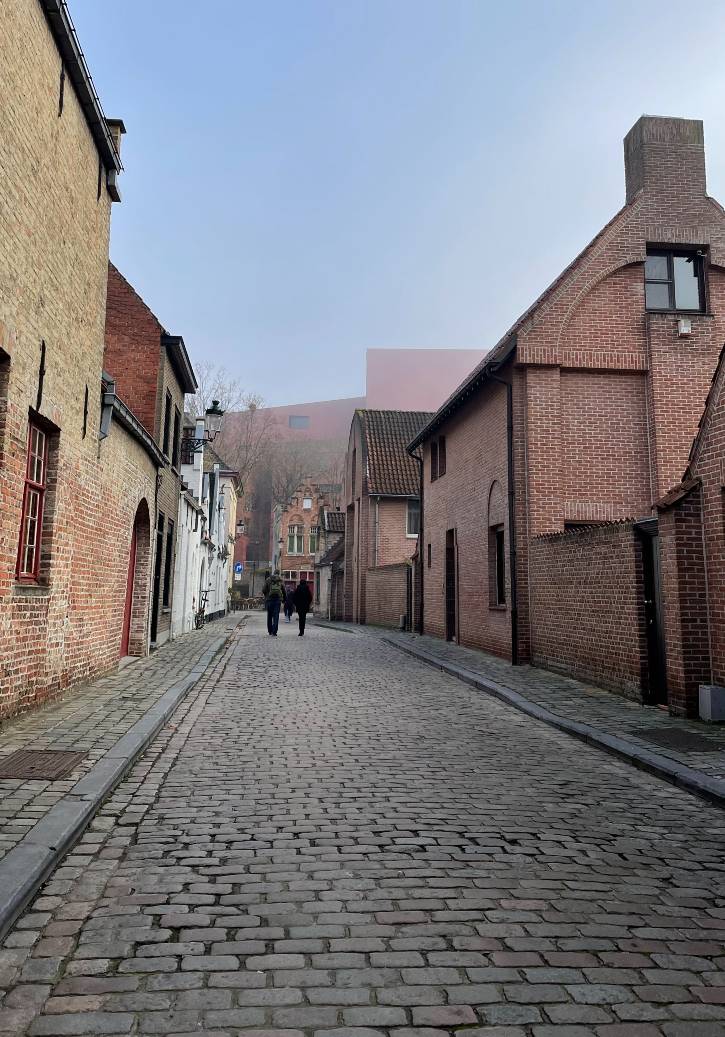
What to see in Bruges?
Next, I wind my way to the other attractions Bruges offered. Even in the absence of a particular order of sightseeing, you are unlikely to miss the three most important sites here – The Church of Our Lady, whose brick spire reaches 122.3 meters, houses the Madonna and Child (1504), one of the few works of Michelangelo to leave Italy within his lifetime. The sculpture was originally meant for the Sienna Cathedral in Italy but was purchased in Italy by two Brugean merchants, the brothers Jan and Alexander Mouscron, and in 1514 donated to its present home.
The second most interesting sight is the Arendts Garden with modern sculptures representing the Four Horsemen of the Apocalypse. After this I visit the Basilica of the Holy Blood, (next to the City Hall) that was originally built in the 12th century as the chapel of the residence of the Count of Flanders. The basilica is comprised of an upper and lower chapel. The upper chapel houses a venerated relic of the Holy Blood. The lower chapel, The Chapel of St. Basil, remains virtually unchanged with a 12th-century representation of the baptism of Saint Basil.
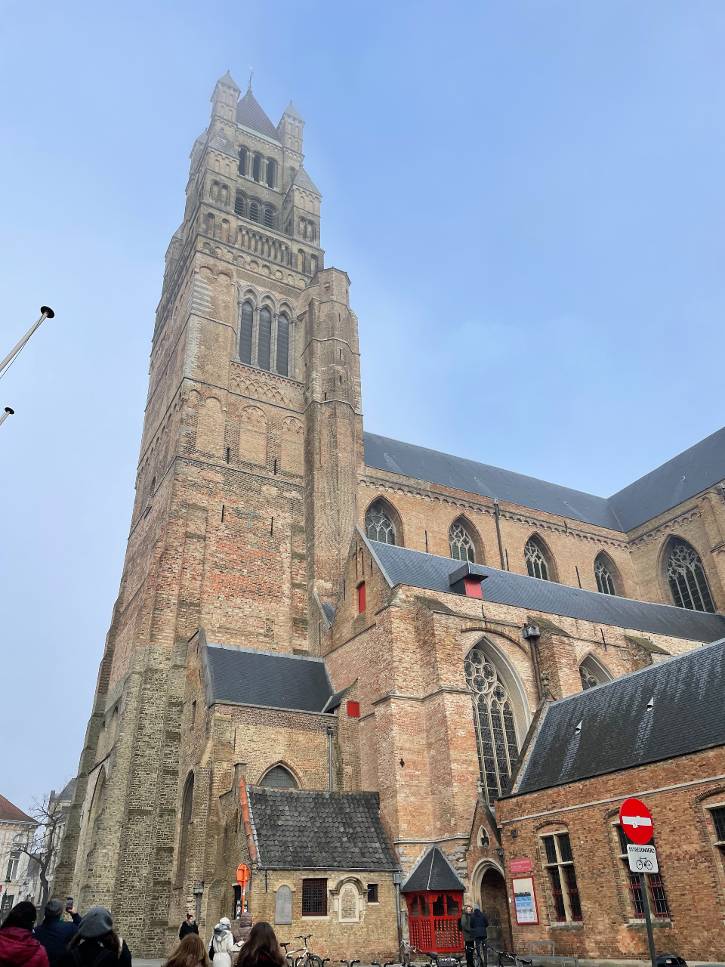
On a side note, I did discover that Bruges was famous for its lace making – and therefore ended up visiting the Lace Centre for some authentic lace in an otherwise city filled with ‘made in china’ lace. This made for the perfect souvenir to bring back home.
The canals of Bruges
Once navigated by ships, originally probably by the Vikings, the canals are nowadays used for tourist boats. There are five families that are allowed to organize tourist excursions by open boats on the canals; each family has four boats.
Going down the canals on a boat in the cold isn’t very pleasing but you end up noticing that the city if filled with so many bridges – about 80 of them, which is probably second only to Venice – the most famous being the Bonifacius Bridge.
But I must admit that I very soon regretted the canal tour, wishing many times to be back in a café sipping hot chocolate or coffee and listen to the legends and stories of a haunted city instead.
Later, I soak up the sights of the Rozenhoedkaai (Rosary Quay), which is the most photographed place in Bruges. It is a picturesque spot where Dijver and Groenerei canals meet. That does not surprise me in the least. I sit on the wall and take in the beautiful old buildings, charming bars and restaurants and watch people, allowing the special magic to consume me.
I am not sure if the Colin Farrel movie In Bruges had something to do with my falling in love with this city – but I came to the conclusion that seeing it with my own eyes and experiencing the calmness of a quaint town way better than 107 minutes of screen time.
Suddenly the ghostly legend of Bruges comes alive – the story goes that a monk from the Augustian Monastery murdered a nun named Hortance Dupont for trying to run from him and that their ghosts now wander through Den Noodt Gods. I shiver a little. It is definitely not because of the cold this time.
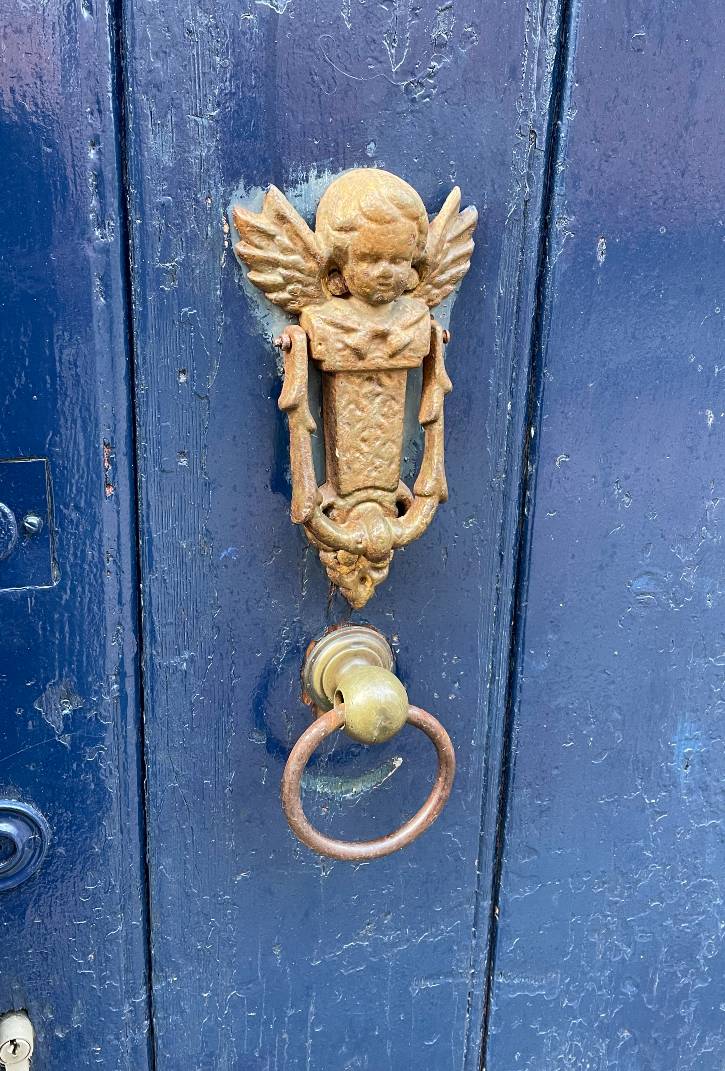
Churches and historic buildings
The Princely Beguinage Ten Wijngaarde with its whitewashed house fronts, tranquil convent garden, and beguinage museum was founded in 1245. Today the nuns of the Order of Saint Benedict inhabit the site.
In front of the Church of Our Lady is the large complex of the medieval St. John’s hospital, one of the oldest still existing hospitals in Europe. It was a functioning hospital until 1978 and now serves as a museum.
Did you know
- Bruges, known as the Venice of the North was once directly connected with the sea, but the gradual silting caused the city to lose its direct access.
- Today it is reconnected with the North Sea by the Boudewijn Canal, leading to the Port of Zeebrugge.
- The historic city center was added to Unesco’s World Heritage List in 2000. Spared during the World Wars, its medieval heart is still very well preserved, and UNESCO has therefore protected Bruges’ Old Town in the year 2000.
- Several waterways, called reien, traverse the city.
- Bruges is also known to be the home of one the great surreal artist Salvador Dali

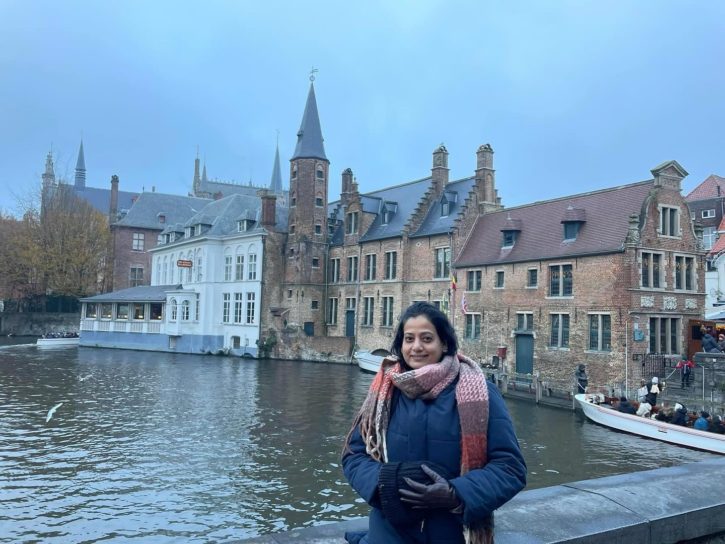


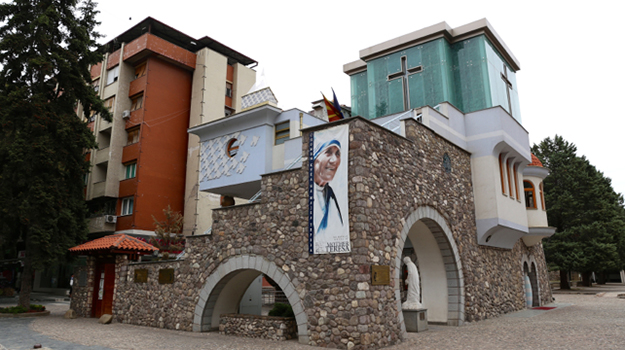
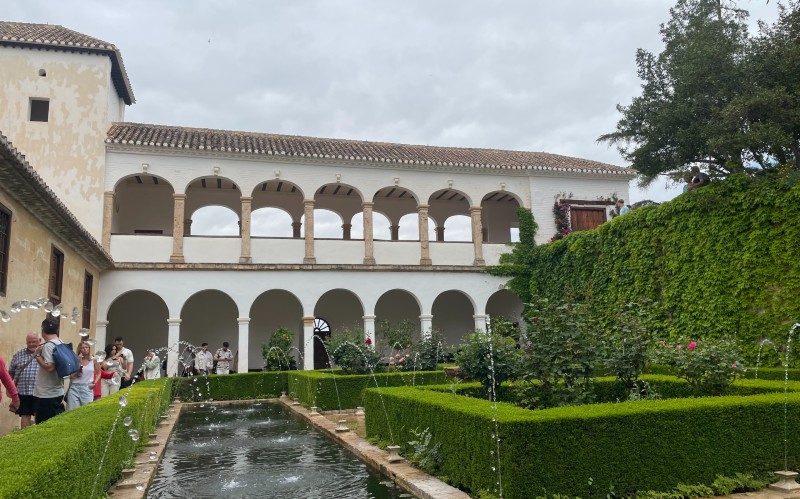
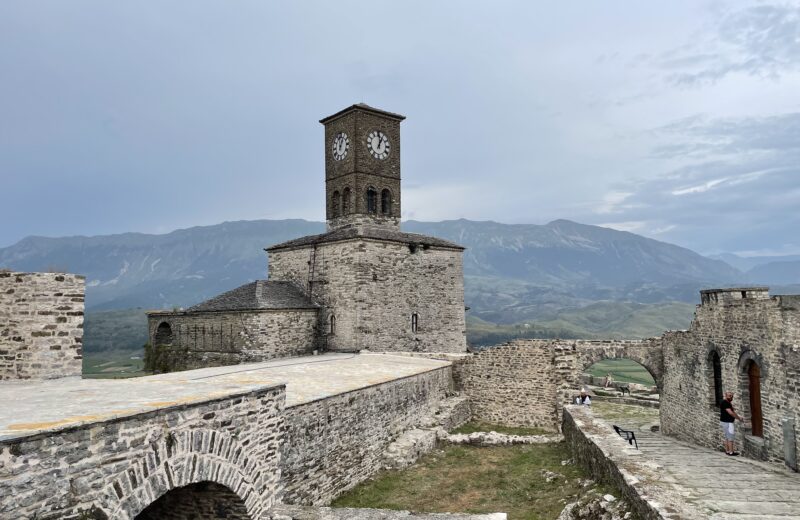
You describe places so vividly. It makes you feel as if you are right there. Truly love your amazing posts. Keep them coming, please.
beautiful place, thank you for creating this article